Echizen Oroshi Soba, the Traditional Food of Fukui
Just a short hour on the Thunder Bird limited express from Osaka, brings you to Fukui PRefecture in Japan’s Hokuriku Region. Fukui has also a lot of things to offer, and one of their most popular dishes is Echizen Oroshi Soba, a cold noodle dish served with plenty of freshly grated (oroshi) daikon radish.
A Fukui Tradition
Echizen Oroshi Soba is most popular in east Fukui (cities like Fukui and Takefu). The history of this dish dates till around the Sengoku Period, when Ichijodani of the Asakura clan ordered local farmers to grow buckwheat as a precaution in case of war or another disaster. He picked buckwheat because it grows quicker than rice and is very nutrient-rich. Even today, you can still see great fields of white buckwheat flowers blooming around late October in Echizen City.
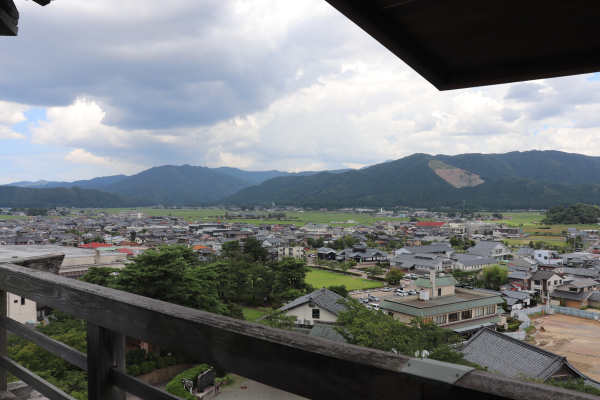
Echizen Oroshi Soba
You won’t have any trouble finding a place to try Echizen Oroshi Soba. Plenty of local restaurants in Fukui happily serve it and many restaurants are extremely popular and you might have to wait for a while (though it doesn’t take long for people to eat soba)
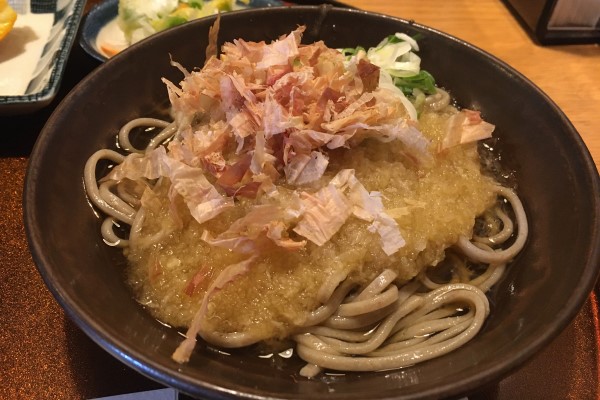
Soba from Fukui is a little bit darker than soba from other regions. This is because the flour they produce uses the entire wheat kernel, hull, and all, whereas most other regions remove the outer hull.
Echizen soba will almost always include bonito flakes, green onion, and of course, plenty of grated daikon. These ingredients can be served on top of the noodles, or they can be mixed with the broth before adding the noodles later.
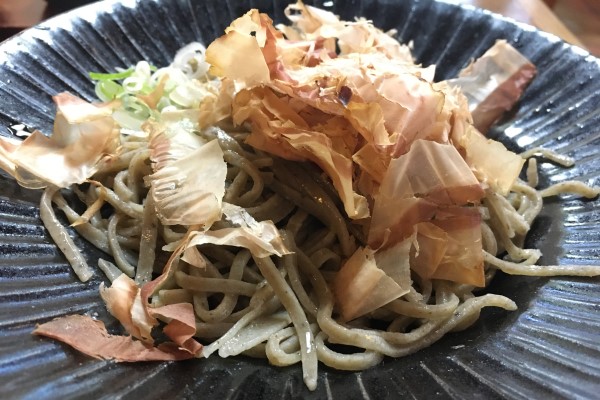
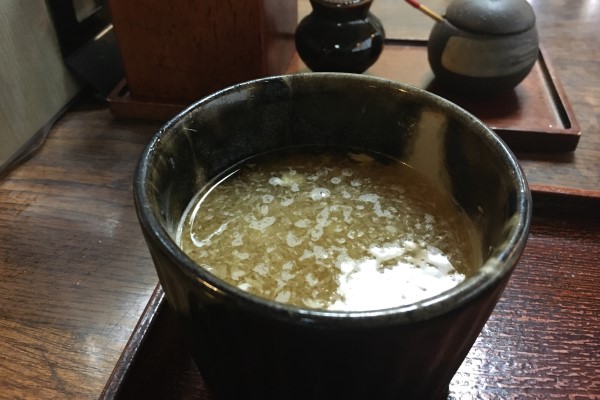
It is a very simple dish, but the daikon adds a nice accent, complementing both the broth and noodles. I think this kind of soba is especially nice in the summer since it’s cold. I find it a little odd though that they still eat this dish in winter time and Fukui is quite famous for its heavy snowfall! Still, I am extremely partial to soba, so I’d likely happily eat this in winter too.

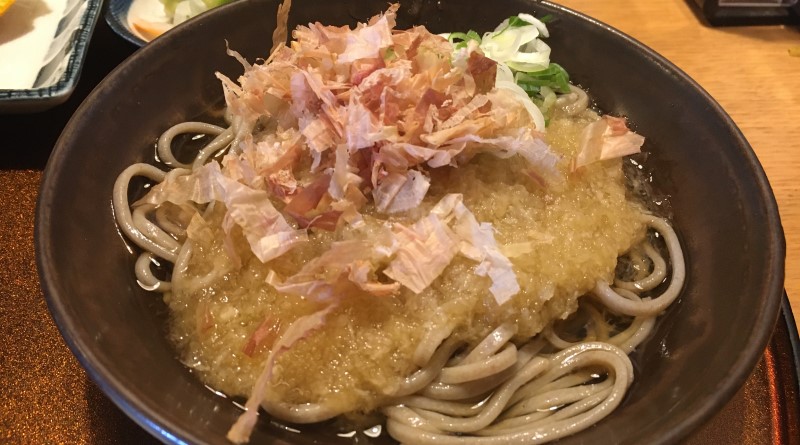
Leave a Reply